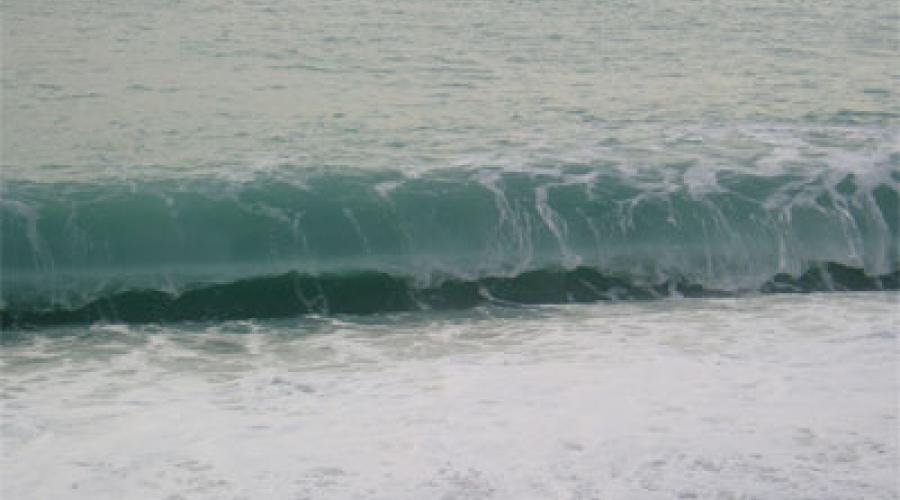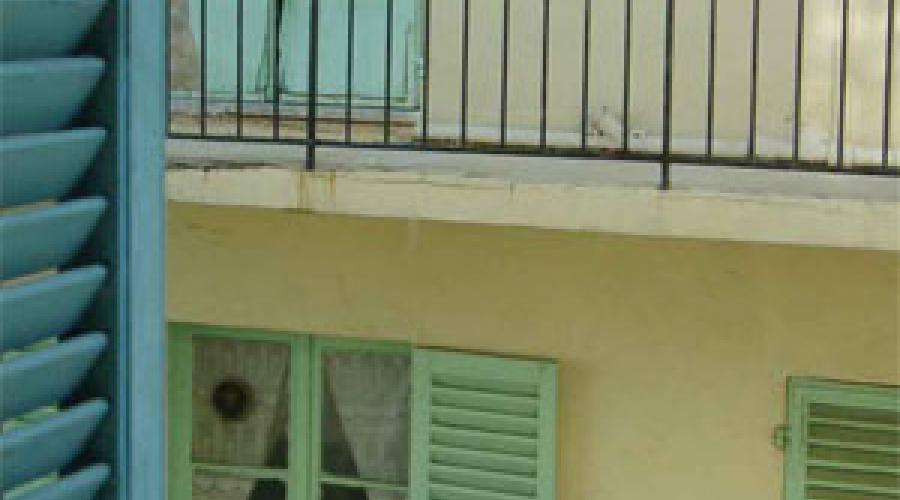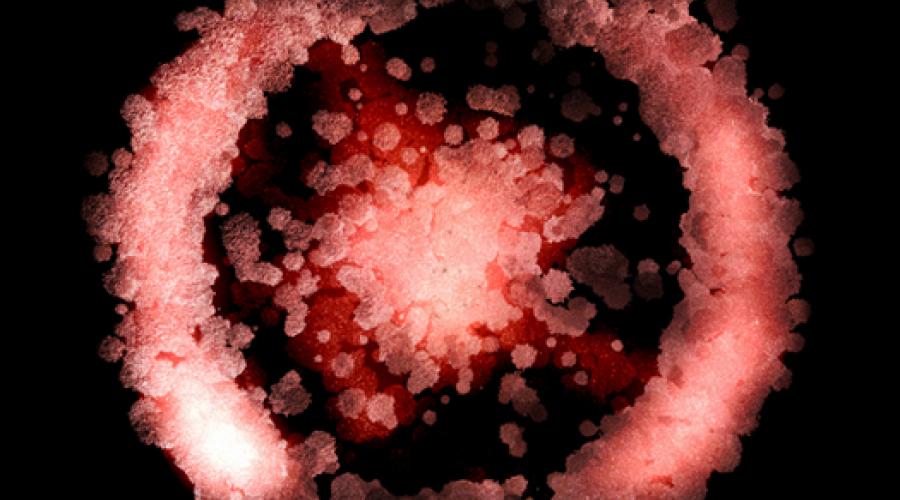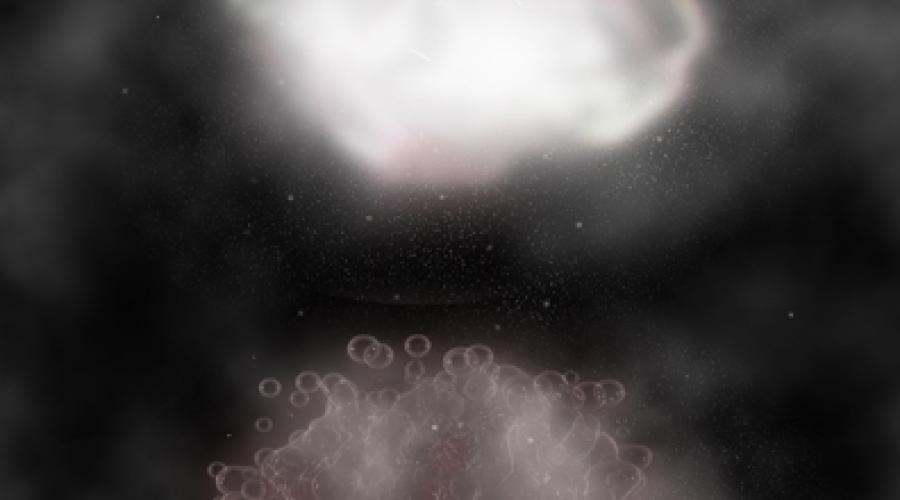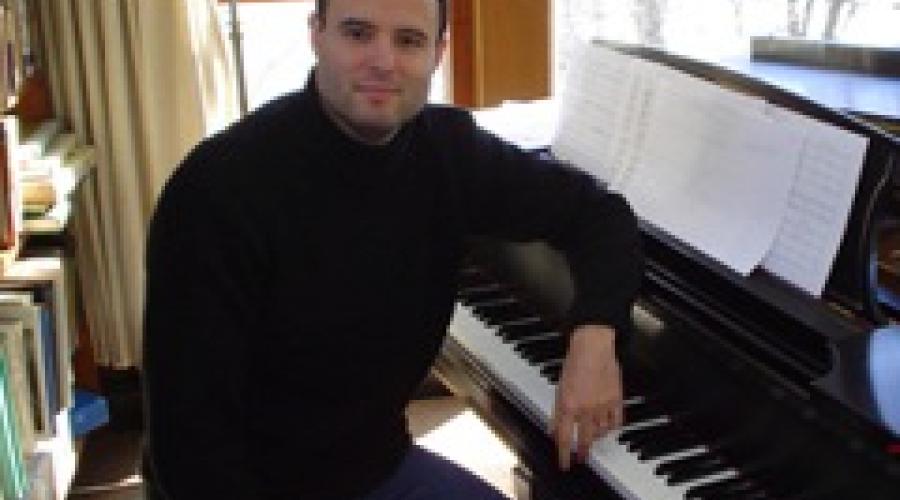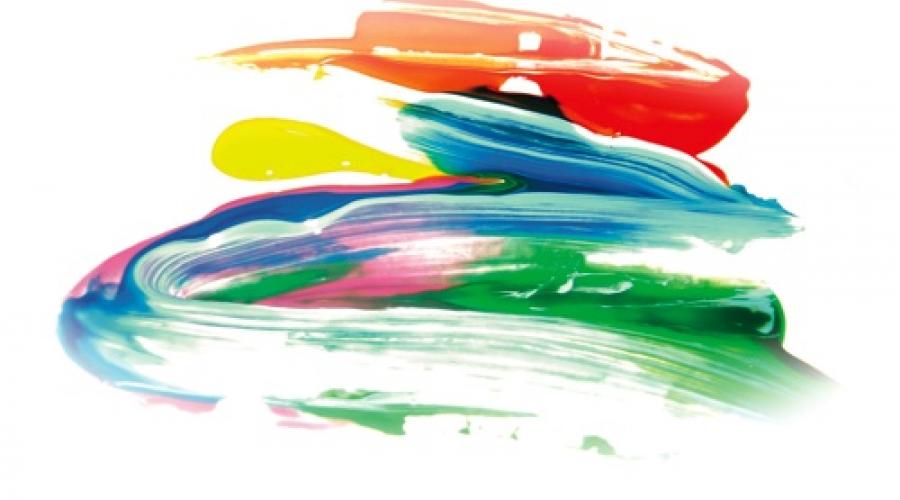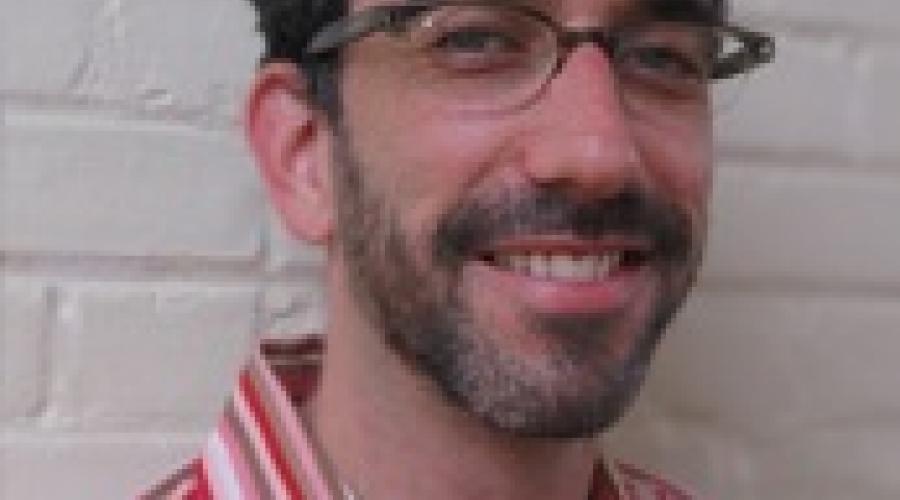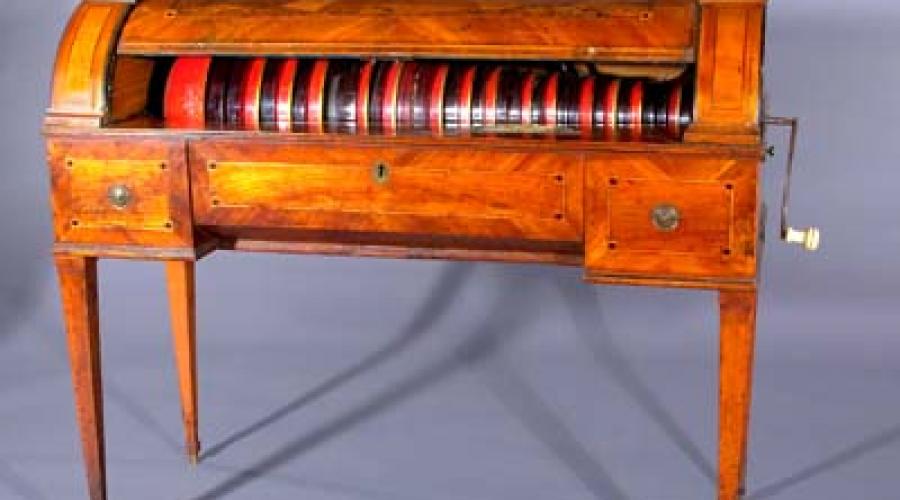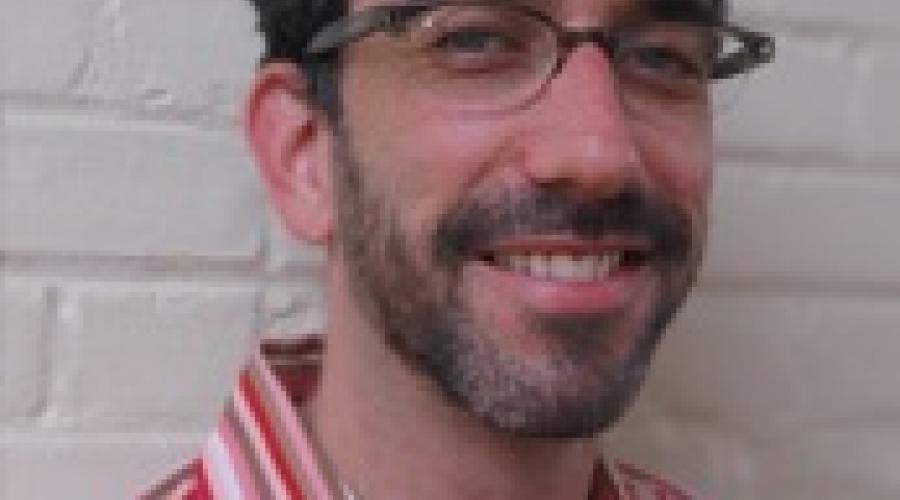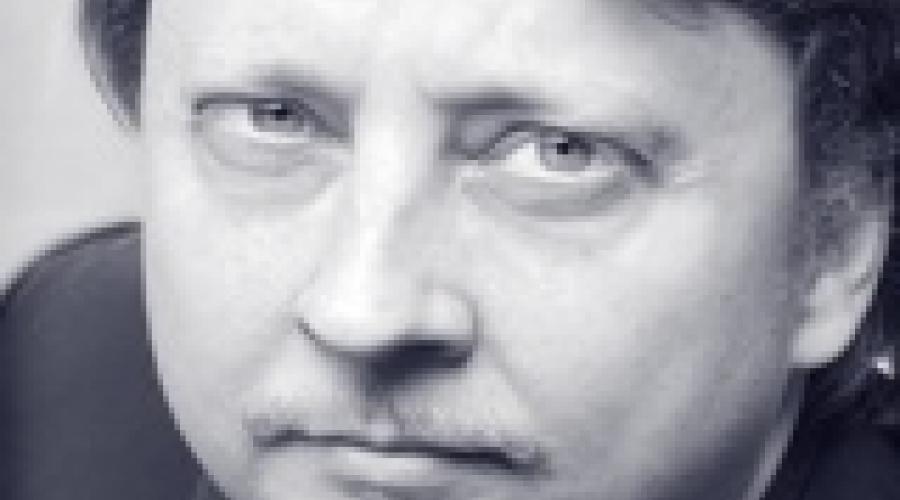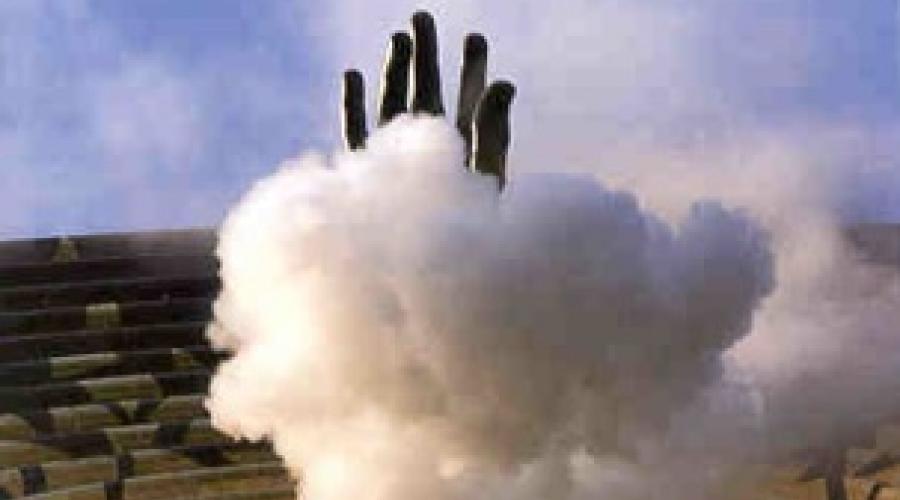Move, tongue
Move, tongue is an attempt to create a non-linear space in sound, where the order of events is not important but rather the experience and perception of their coexistence. In my mind this is analogous to the act of being in a physical space (say a room or a park) and after perceiving it with whatever degree of detail, one arrives at an internal conception — a modeling — of the space.

